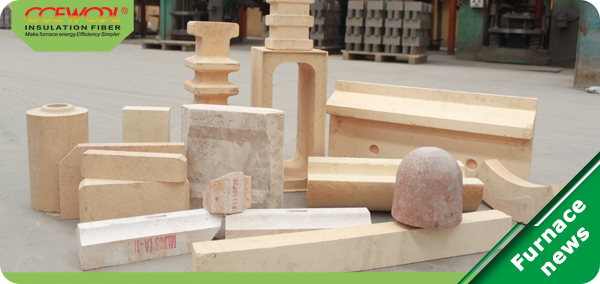
Apr. 04, 2018
Insulation refractory material is an inorganic non-metallic material with a refractoriness of not less than 1580 degrees Celsius.Its good fire resistance plays an important role in high-temperature industrial production. It is also widely used in metallurgy, chemical engineering, petroleum, and machinery manufacturing. Depending on the chemical composition of the refractory material, it can be divided into the main components, impurities and additional ingredients in three categories.

1.According to the composition
According to its main components: alumina, yttrium oxide, magnesium oxide, calcium oxide, silicon dioxide, titanium dioxide, uranium dioxide, zirconium oxide and other oxide components . Insulation refractory material plays a decisive role in the heat-resistant properties of heat-resistant refractory materials.
2.According to impurities
The impurities mentioned here refer to additives other than the main components, which will cause damage to the high-temperature properties of the heat-resistant refractory material. Because of the presence of these impurities, the lower the temperature at which the liquid phase begins to form in the system, or the greater the amount of liquid phase formed, or the faster the amount of liquid phase increases with increasing temperature, and the lower the viscosity of the liquid phase formed and The better the wettability, the more serious the damage.
3.Additive ingredients
The extra ingredient is commonly known as an admixture. It is a small amount of ingredients added to the insulation refractories for some purpose. For example, the mineralizer is to promote the formation and transformation of certain phases in the material; the stabilizer is to inhibit the formation of certain phases in the material; the auxiliary solvent can promote the sintering of the material, and in general if the additive is to change the refractory material. The structure and composition is that I have achieved certain special requirements for the product.
There are plenty of types of heat-resistant refractories. No matter what kind of refractories are used, they must be reasonably produced under the premise of satisfying the refractoriness.
